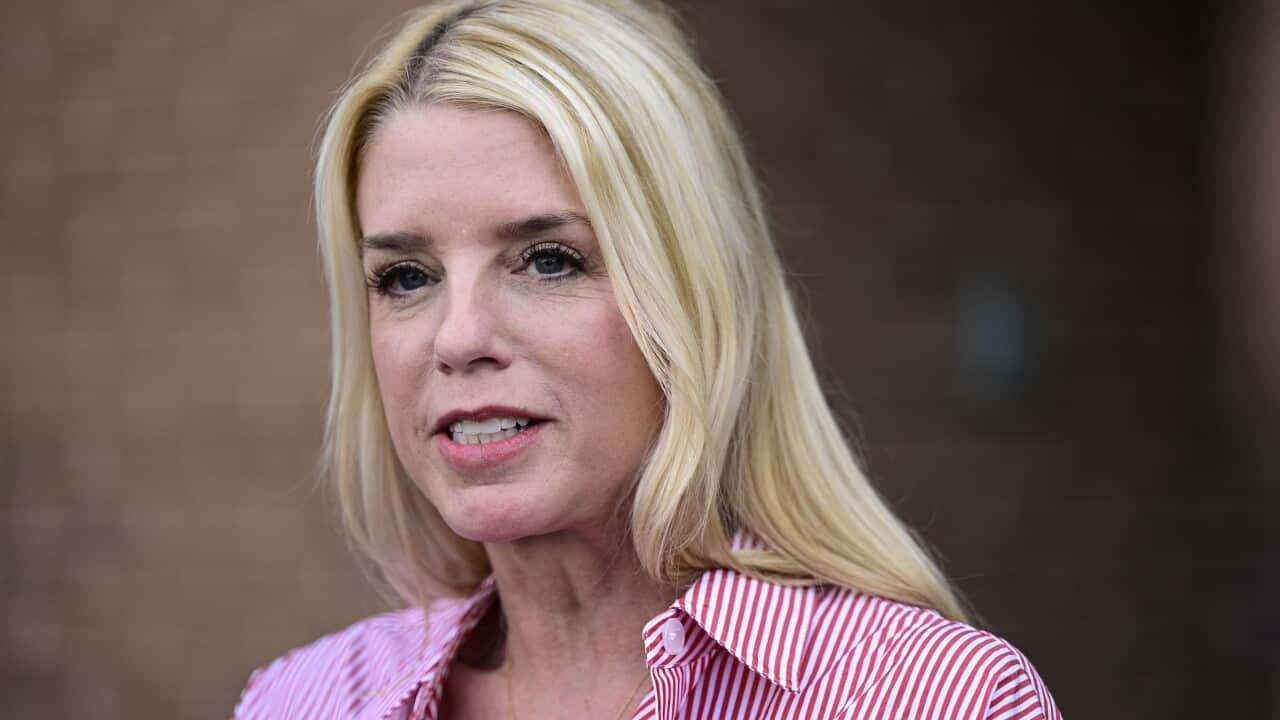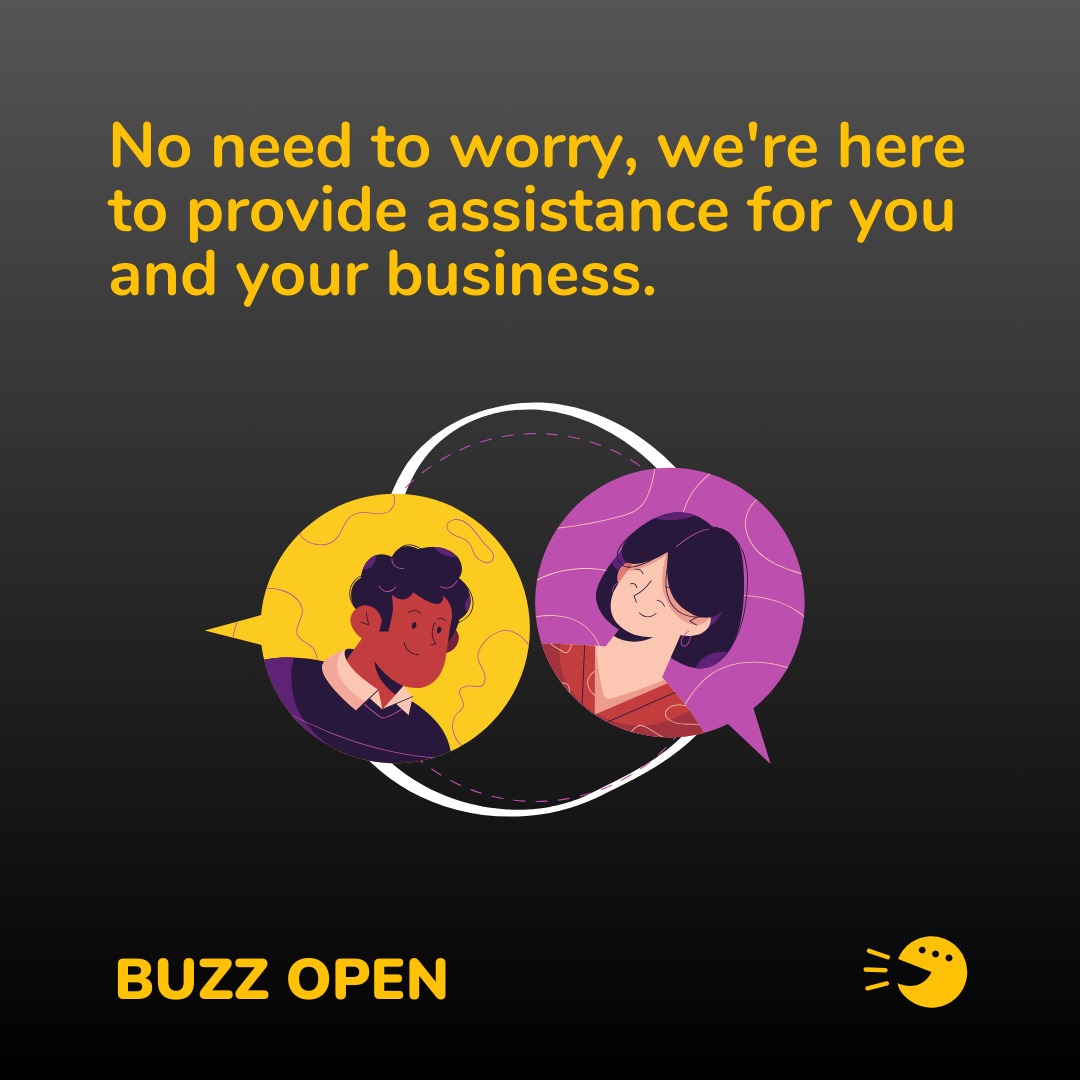Perth has become the least affordable capital city in Australia, with low-income renters facing the harshest impacts of the crisis, according to a new report.
The latest , released on Friday, revealed the average rental household in Perth now spends 31 per cent of its income on rent, exceeding the threshold for rental stress and, for the first time, surpassing Sydney.
It comes as Western Australia is the nation’s fastest growing jurisdiction, according to the Australian Bureau of Statistics’ latest population statistics released in September, which found WA’s growth rate was 3.1 per cent year-on-year in March.
This growth is driven by a surge in demand for workers in mining, health, police, education, and defence under the .
And with more people moving there, vacancy rates in the capital Perth are the lowest in the country, according to the rental affordability index, which is driving up rental prices.
‘A pretty tough situation’
Perth-based Evee Flores works two jobs and receives government assistance.
She and her partner Mia Day share a rental with a housemate, the cost of which eats up most of their income which Flores also needs to take care of Day.
“We are a young couple, I am disabled,” Day told SBS News “You know, it is a pretty tough situation to be in. “
Day said their rent comes in at $1,500 a fortnight and the couple’s share is about $1,000.
“We don’t have any savings,” Day said. “Everything else goes to paying for food, bills, and petrol.”
Evee Flores and Mia Day spend most of their income each fortnight on rent. Source: SBS News
They have lived in the home for about 16 months and the rent was recently increased by $230 a week. The couple said this was supposed to happen after renovations, which are yet to be carried out.
“Our bedroom is unusable,” Day said. “There’s no light in the toilet … we only got smoke alarms after nine months of asking”.
“I don’t want to be mean, but this place is not worth what we are paying,” Flores said.
Huzaifa Nawaz, an international student, is in his third year at university and also lives in a sharehouse in Perth.
Nawaz earns about $600 a week, and $200 of that goes to his rent costs. If his landlord were to announce an increase, he would be under significant financial strain.
“I don’t have the option to earn more money, because I don’t have the permission to work more than 24 hours,” Nawaz said. “I’d just have to reduce my expenses.”
As an international student, Huzaifa Nawaz said his capacity to earn extra income is limited. Source: SBS News
Australia’s record low rental affordability
Rental affordability is at record lows in almost every capital city and region, according to the National Shelter-SBS Economics rental affordability index.
The situation is particularly dire for welfare recipients and students in sharehouses.
Sydney, Melbourne, Brisbane, Perth and Adelaide all recorded their worst affordability scores since the index began in 2014. Greater Perth is now Australia’s least affordable capital city, alongside Greater Sydney.
The only states with slight improvements in rental affordability were the ACT and Tasmania, including Hobart.
A majority of Australian cities are regarded as unaffordable. Source: SBS News
The report found low-income households were most at risk, with 42 per cent in rental stress, classified by spending over 30 per cent of their income on housing. That’s a 58 per cent increase from 2008.
Single people on JobSeeker payments and single pensioners face severely to critically unaffordable rentals across the whole of Australia.
The only places students living in sharehouses could afford across Australia were regional areas in Victoria, South Australia, and Tasmania — often some distance away from their university campuses.
The one group of people who could access affordable rents across most metropolitan and regional areas were dual-income couples with children earning a combined $219,000, the equivalent of two full-time teachers’ wages.
“Renters across the entire country are under severe pressure as rent rises continue to outpace income growth amid historically low vacancy rates,” National Shelter spokesperson John Engeler said.
“The situation is especially serious for low-income renters who are increasingly forced to rent privately due to the declining availability of social and affordable housing.”
“A single pensioner would have to spend 86 per cent of their income to rent a median one-bedroom apartment in Sydney. This is clearly unacceptable. Governments must urgently act to reverse this affordability crisis including by building more social and affordable homes and better regulating rental markets.”
‘I think I’m being punished’
Across Victoria where Janine (not her real name) lives, rental affordability is worse in 2024 than in 2014.
The 60-year-old on the disability pension and works part-time to make ends meet. She lives in a three-bedroom apartment in Melbourne with her daughter.
She earns about $2,500 a month, equivalent to $30,000 a year.
Nearly 70 per cent of that money goes toward rent.
Now, she’s facing a rental increase of $265 a month. She worries that she’ll either need to cough up the money, or face homelessness.
Janine, who has asked to remain anonymous for fear her landlord will evict her for speaking out, fears she’s being “punished” with the latest rental increase.
Just before the COVID-19 pandemic, she signed a five-year lease for her home, which was “fairly cheap” when she moved in. Due to mandated rent freezes and the long contract, the landlord was unable to increase the rent over that period.
But now, the monthly rent increase will make her rent almost $2,000 per month, or 80 per cent of her total income. And the high cost means she’s limiting her meals to one a day.
Low-income households are more at risk for rental stress. Source: SBS News
According to Janine, her landlord, who she said owns four other properties, was looking to recuperate some of his lost income from COVID-19. Janine was also told by real estate agents that other properties in her area were going for more and if she and her daughter wanted to stay, they needed to pay the extra $265.
“I think I’m being punished with the [increase] I’m getting at the moment,” she said.
It’s a common feeling many renters have — being too scared to ask for repairs or to challenge rental increases in fear of retribution or , which are still happening across Australia due to inconsistent legislation banning the practice.
Janine contacted Consumer Affairs Victoria, who suggested she contest the rental increase. But she was hesitant due to the power imbalance.
“We’re not in a position to do that because our landlord has multiple properties and if we question the rent increase, he’ll just kick us out. Then we’re stuck,” she said.
“You annoy certain landlords and they verbally blackball you through real estate agents. You can’t get another property. That’s happened to me before.”
“People say they can’t just kick you out, but they’re rich property owners. They have way more money than me. They have means and ways to work around the system and get people out of their properties.”
Janine said her landlord is aware that she’s on a disability pension and living with her daughter.
“I’ve never found a decent landlord who just treats tenants like they’re people.”
What’s ‘affordable’ anyway?
A home is considered ‘affordable’ if it costs less than 30 per cent of your household income.
Across Australia, it’s used as a metric for prospective tenants to gauge whether they can afford the price point of a property without financial stress.
But Janine said that because of her low income, it’s difficult to get approved for rental properties as she sits above the 30/70 benchmark.
Because she’s spending 70 per cent of her income on rent, the rental affordability index places her under the most severe rental unaffordability metric, dubbed ‘critically unaffordable rents’.
At times, she’s needed to enlist the help of a friend during applications and have them sign a lease with her, purely so she isn’t immediately turned away.
Janine (not pictured) is spending 80 per cent of her total income on rent. She won’t contest the increase in fear she might be evicted. Source: Getty / Mike Kemp
Janine said there are no properties on the market that would be affordable for her based on the rental affordability formula.
“I’m trapped in a position where I have to pay this huge giant increase or get kicked out, and if I get kicked out, I’m homeless.”
As she isn’t in debt or behind on her bills, she doesn’t qualify for financial hardship or government grants.
The rent assistance she was eligible for via her disability pension was still small, with her saying it doesn’t cover even a quarter of her monthly rental.
To top it off, she has spent 25 years on a public housing ‘waitlist’, only to discover that it wasn’t a waitlist at all – it was a list for expressions of interest.
“I’ve been sitting on a waitlist for 25 years thinking that at some point, my name will get to the top of the list and I’ll be offered some sort of public housing,” she said.
Instead, she was told she wasn’t a “priority” for the eligibility criteria.
“The government has no idea about what people are going through,” she said.
“We’re real people and need homes to live in.”


















